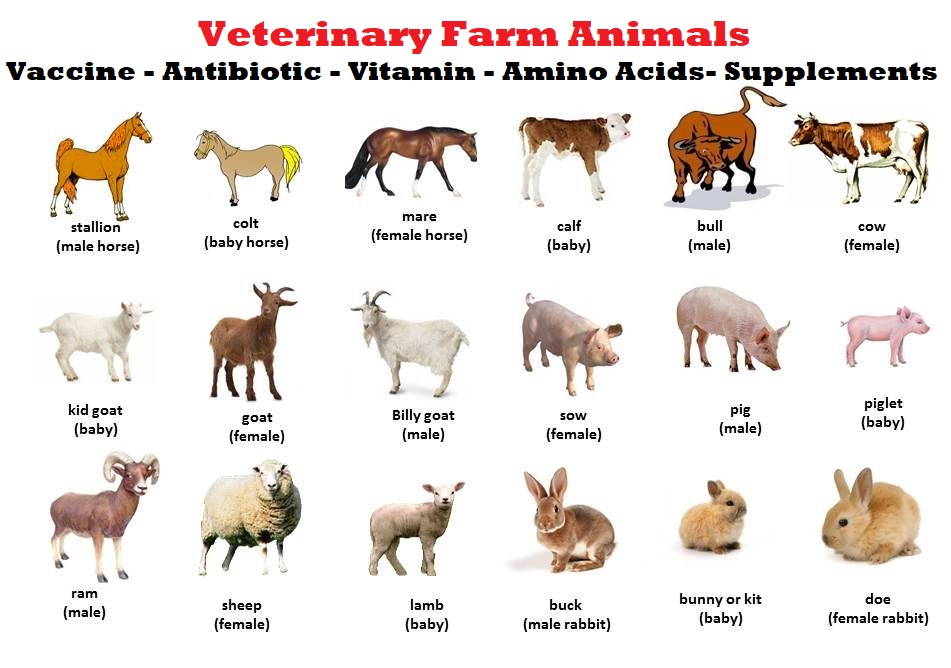
Enzymes For Poultry Feed Additives
27 / Feb 22
The increasing economic pressures currently being placed upon animal producers demand more-efficient utilization of low-grade feedstuffs.
Enzymes are chemicals or catalysts released by cells to speed up specific chemical reactions. This definition accounts for enzymes released in the digestive tract to aid in the digestion of food.
The use of exogenous feed enzymes in poultry diets is becoming a norm to overcome the adverse effects of antinutritional factors and improve digestion of dietary components and bird performance.
Most producers use phytase in poultry diets. Phytase works by releasing some of the nondigestible phosphorus (and other nutrients) found in commonly used feed ingredients and making the nutrients available for productive purposes. Phytase is a proven technology used to reduce feed cost by reducing inorganic phosphorus supplementation and has the added benefit of decreasing phosphorus excretion in manure.
Features:
Perfect pH balance
Exact formulation
User-friendly
Odour: Mild fermentation odour
Solubility: Soluble in water
Protease, lipase, cellulase, amylase, phytase and pectinase.
Performance boosters: Improve the overall performance of the birds by various means. Key carbohydrase enzymes include amylase and xylanase and are used to improve the digestibility of carbohydrates in feed ingredients.
Moisture Content.
Enzymes require an aqueous environment to act. Moisture is possibly essential for the mobility of the enzyme, solubility of the substrate and enzyme, or both.
Temperature.
In general, activity increases up to 40°C and then sharply declines due to the loss of structure through denaturing, which renders the enzyme inactive.
pH.
Most enzymes are denatured in low- and high-pH environments. In general, the optimum pH for most enzymes is around 4 to 6.
Enzyme Concentration.
the reaction rate is directly proportional to the concentration of the enzyme. The reaction rate increases with increasing enzyme concentration because there are more active sites available and this will continue until no more enzyme-substrate complex can be formed. In practice, however, because of other limitations within the digestive tract of animals, this linear relationship does not occur. The relationship will be nonlinear.
Substrate Concentration.
In the presence of adequate concentrations of the enzyme, the rate of reaction increases with increasing substrate concentration until the maximum turnover is reached. This happens because there are more substrates than the enzyme can handle. It is noteworthy that enzymes vary considerably in the reaction conditions needed depending on their source (fungal vs. bacterial vs. yeast). The source, therefore, has a major influence on how closely particular enzymes are adapted to the prevalent conditions in the digestive tract and their effectiveness.
Feeds utilize phytase and a combination of amylase, xylanase, and protease enzymes in Feeds poultry feed. addition of the enzyme combination to the lower cost diet, growth rate and feed conversion were equal to the standard diet.
The use of enzymes in poultry feeds has gained more acceptance by producers over the past twenty years. The use of feed enzymes in poultry feed allows producers to benefit from advances in enzyme technology in today’s competitive and challenging market.
Packaging Type: Bag or HDPE Drum
Packaging Size:25 kg / 50 kg
Prescription/Non prescription:Non prescription
Product Type: Poultry feed
Form: Powder
Moisture :< 5 %
Application: Poultry feed additives
Colour: light Brown
Minimum Order Quantity:500 Kg
Increases body weight & better feed utilisation.
Used for better growth and performance.
Increases the digestive capacity of animals & birds.
It mobilises storage fats in animals.
Improves nutrient availability.
Phytin phosphorus is converted into available form.
The utilisation of other minerals is improved like Ca, Mg, Iron, Zn etc.
Tackling antinutritional factors and energy availability.
Increases egg production & eggshell breakage is reduced.
Hydrolyses non-starch polysaccharides.
Digest high molecular weight beta-glucans in gain & cereal-based feeds and can be used in the treatment of endosperm cell walls which contains about 70% beta-glucans.
Improve separations, reduce viscosity and modify or completely hydrolyse cellulose.
Mpzymes reduces the feed consumption of the bird.
ENZYMES
It helps to digest proteins in the feed.

High energy generation

Wide range
of protein digestion

Minimizes the effect of anti-nutritional factors
CELLULASE ENZYME
It is a complex enzyme mixture that contains endo, Exo and beta activities. It helps in the easy digestion of cellulosic fibres in the feed.

Fibre digestion

High energy
generation

Improves digestion
in animal
PHYTASE ENZYME
It catalysis the hydrolysis of indigestible phytic acid into an organic form of phosphorus.

Phytic Acid Degradation

Improves
Phosphorous Absorption

Increases Availability Of Feed Nutrients
We are a leading manufacturer and exporter of SWISS CHEMIE Special raw materials and our product is made up of good quality.
For More Information And Price List Press Click
contact@swisschemie.co

Follow Us